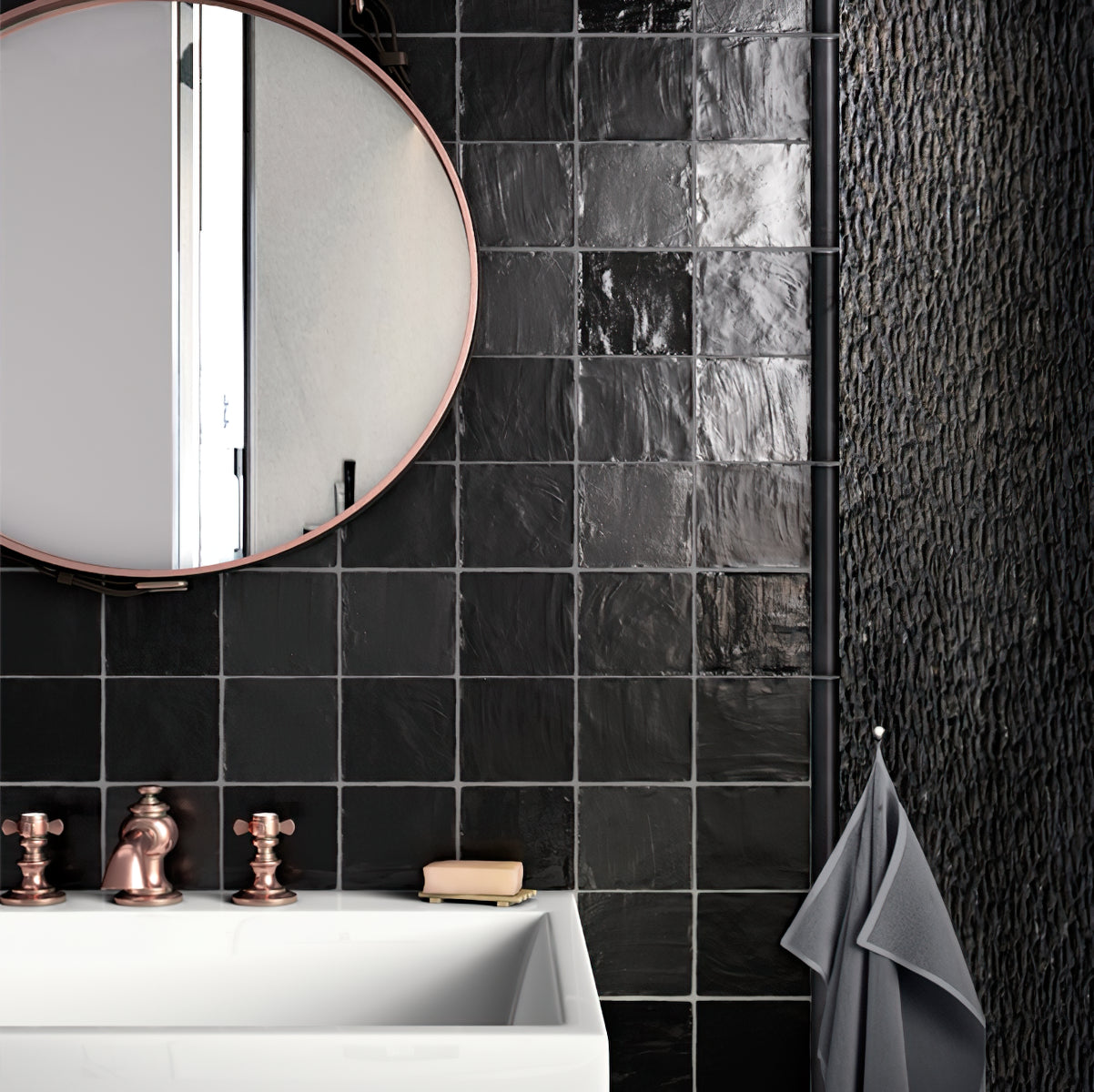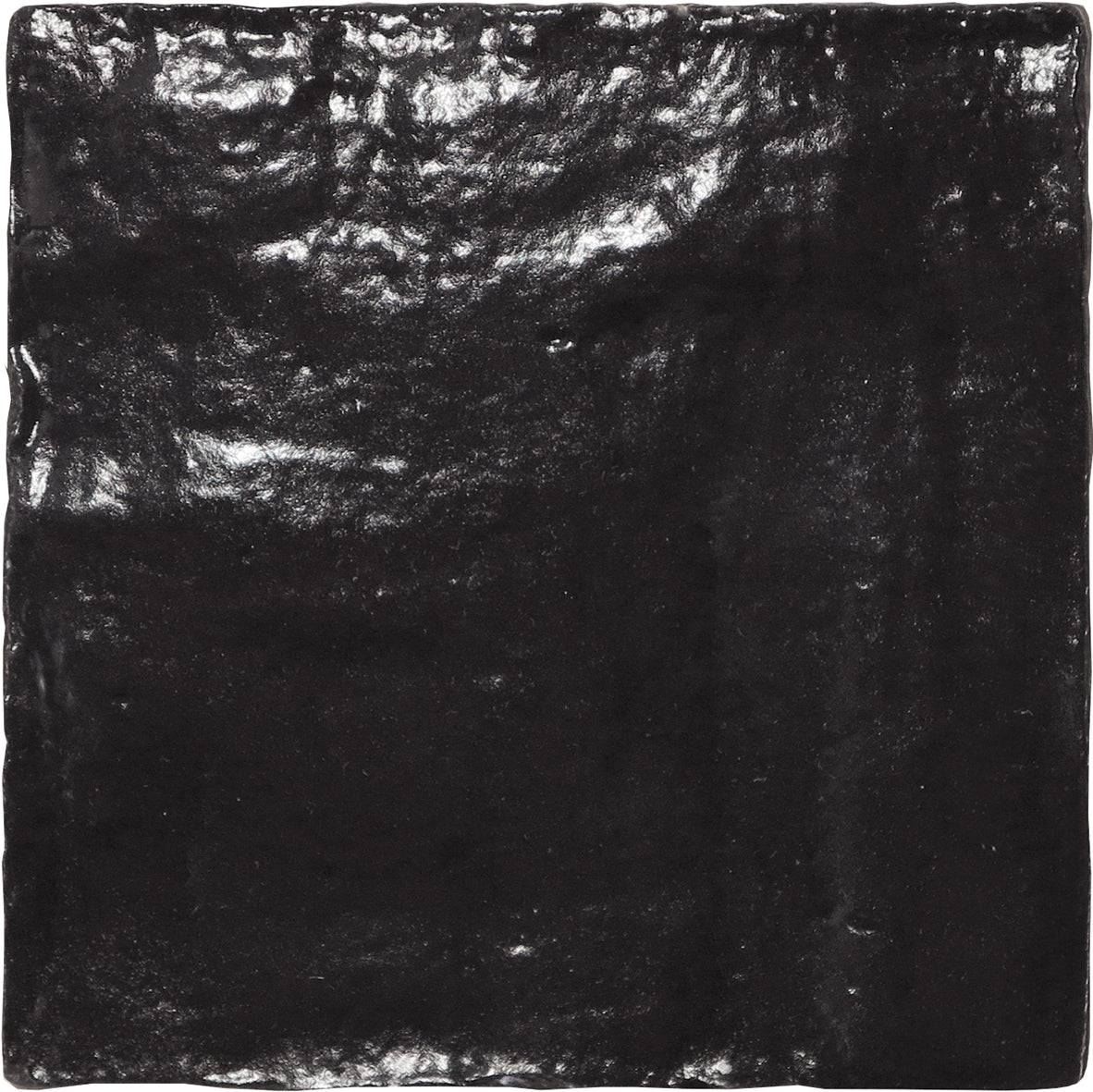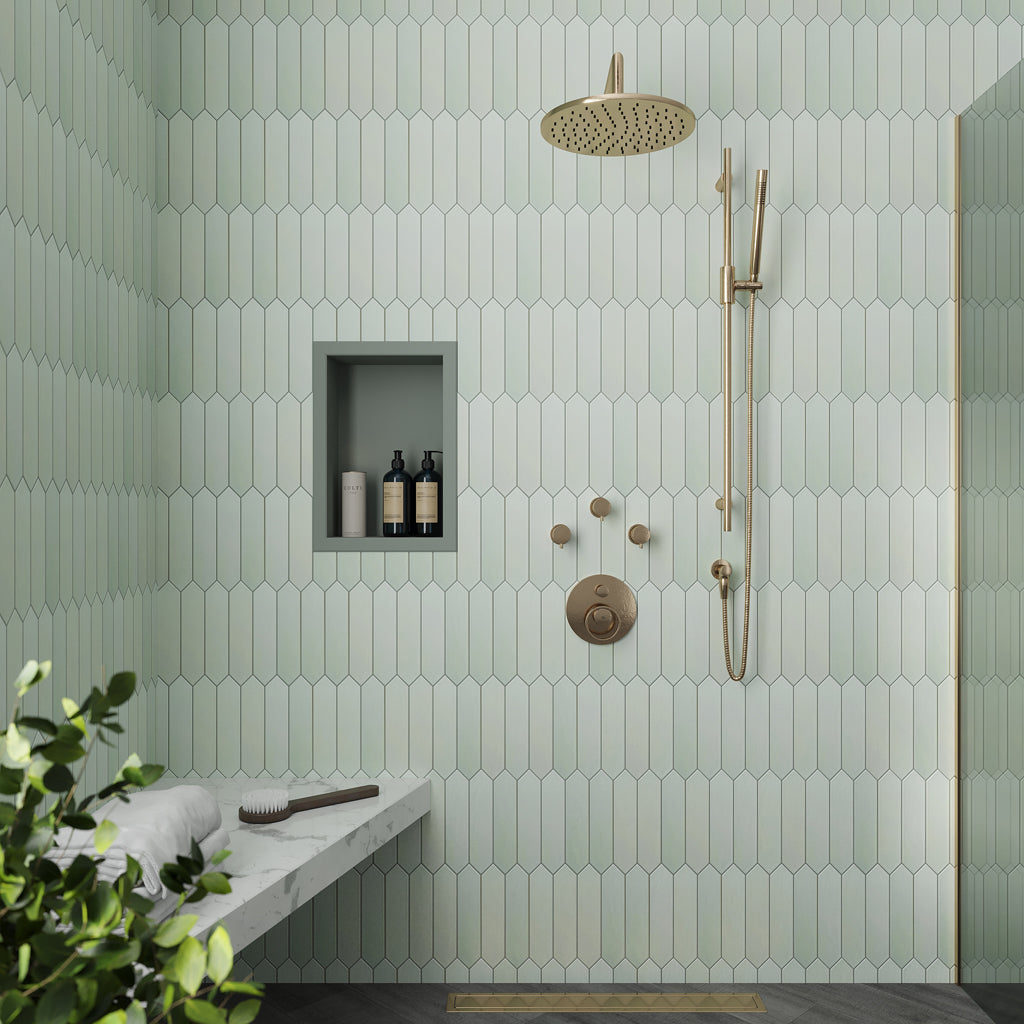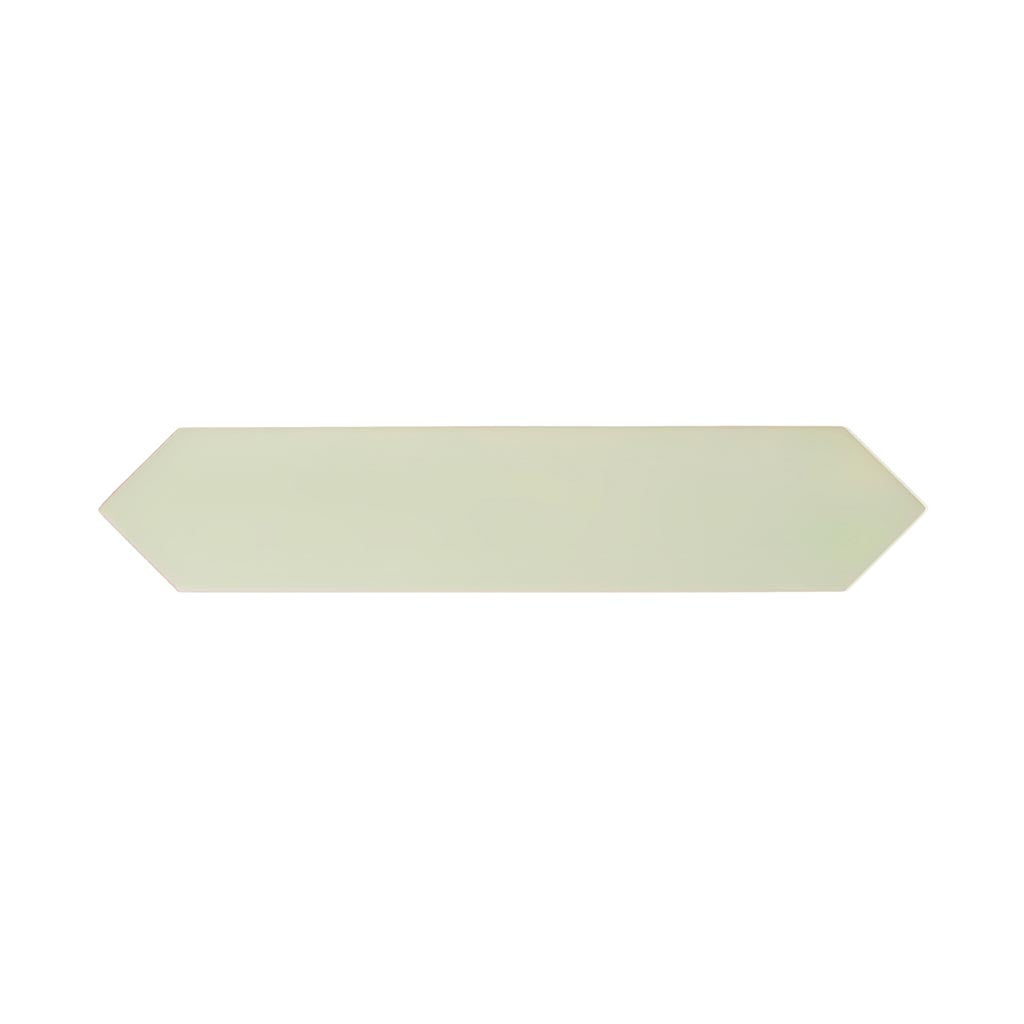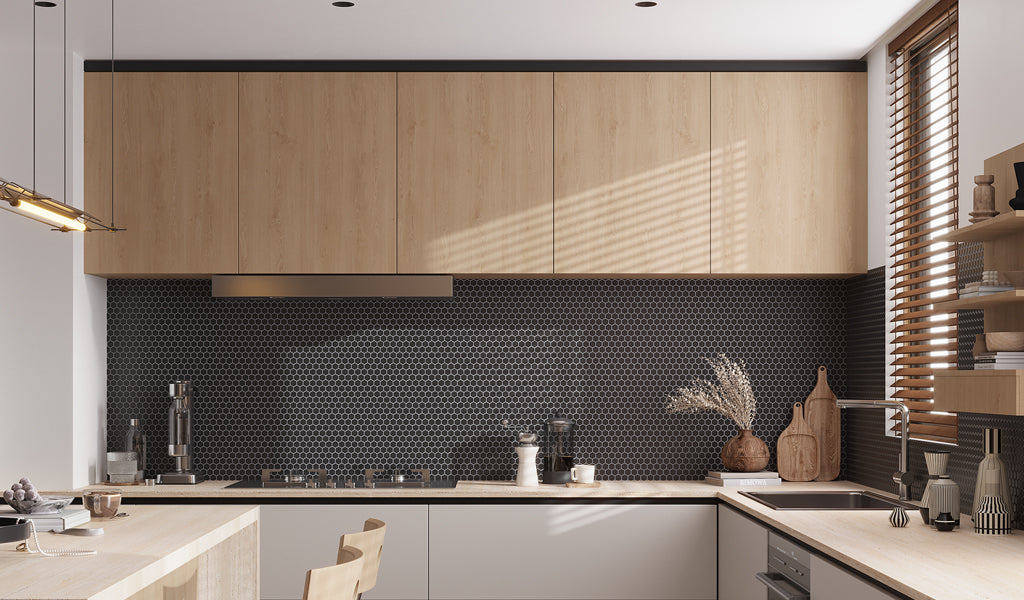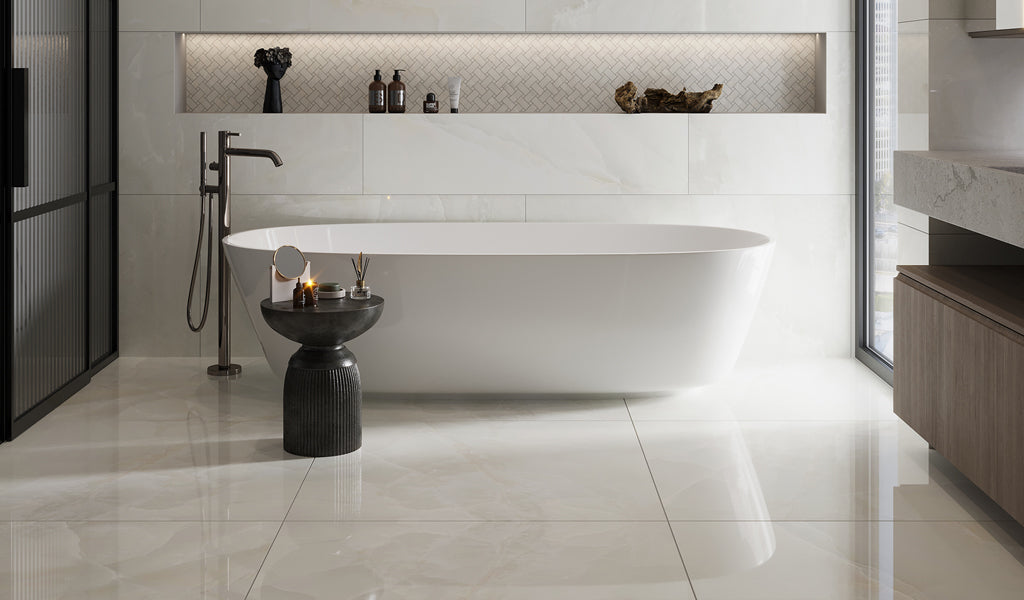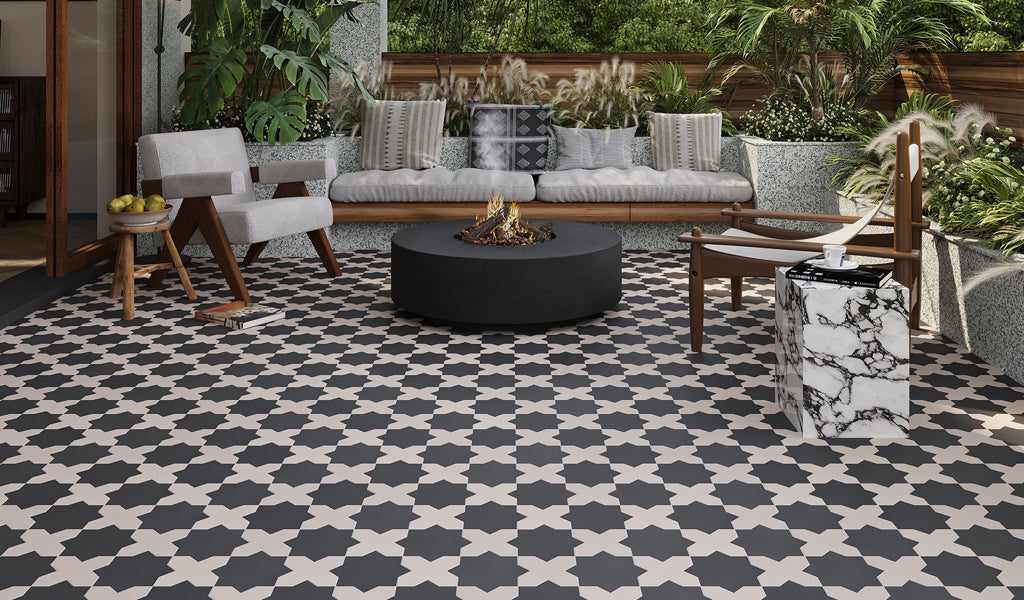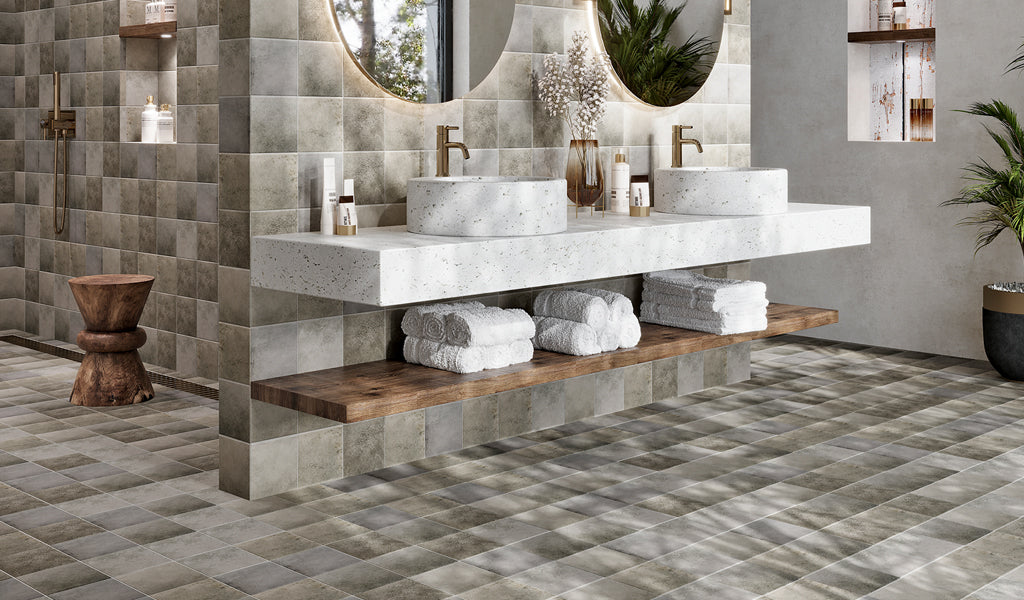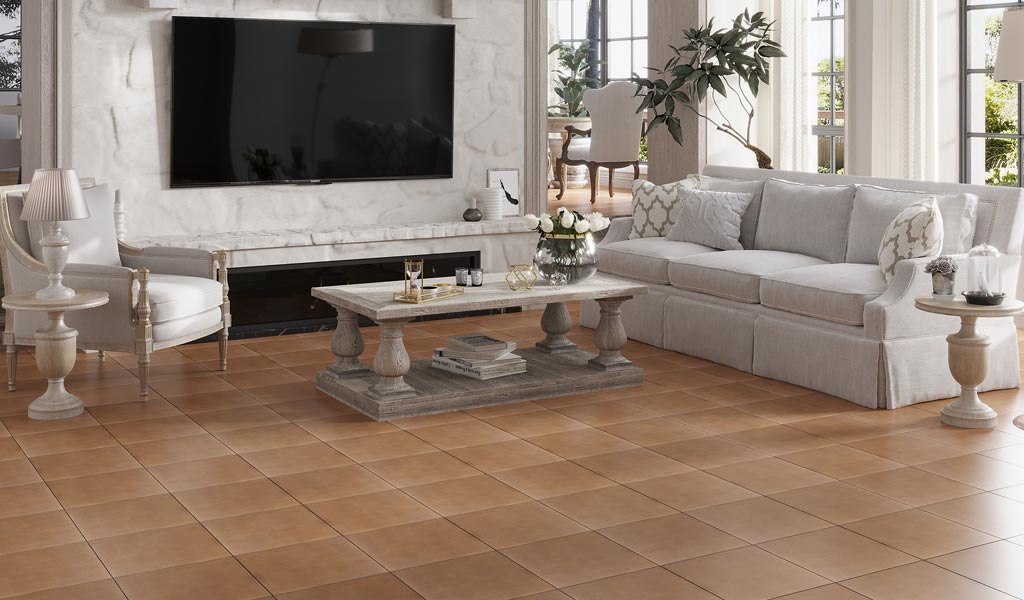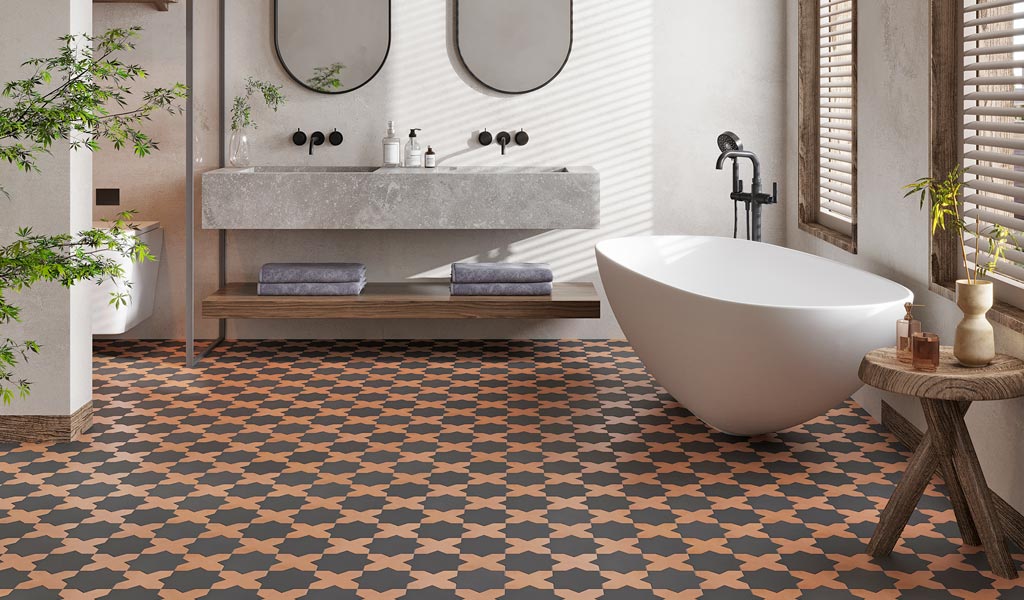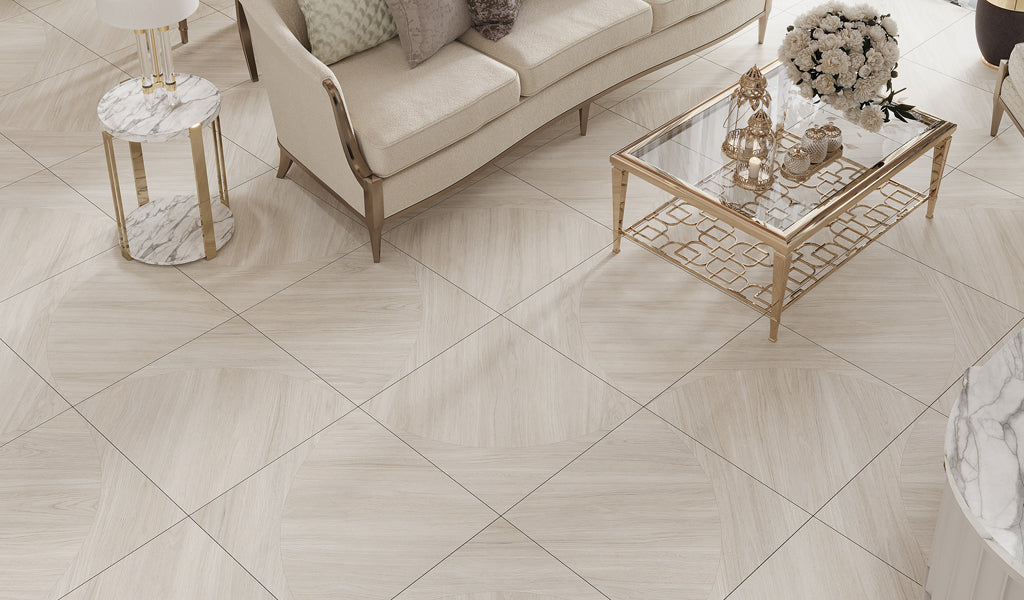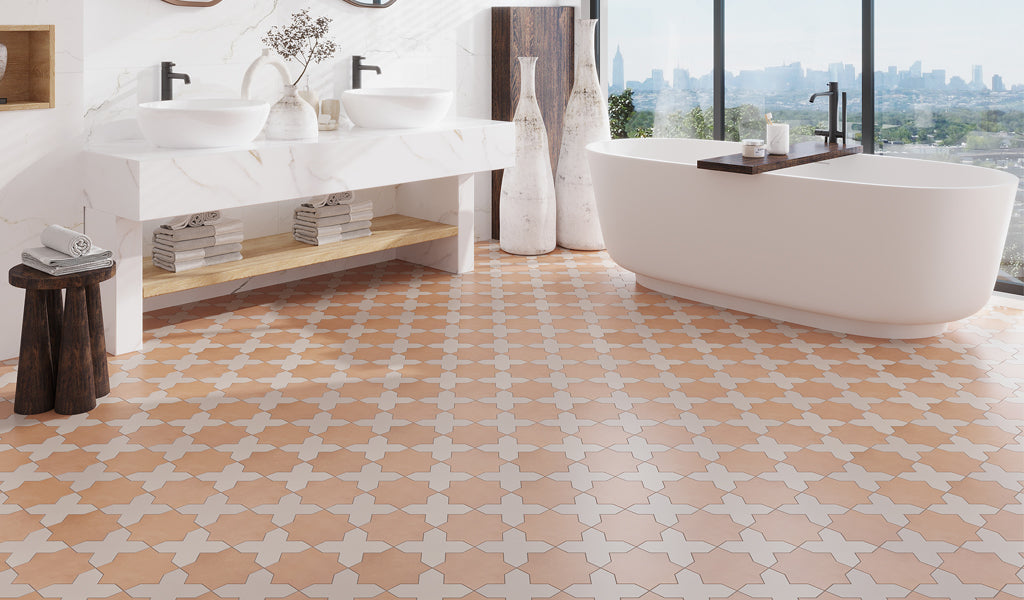How to Clean Ceramic Tile (Like a Pro!) – 5 Easy Steps
Sep 05, 2025
Ceramic tile is one of the most revered flooring and wall coverings in modern homes. It is hard-wearing, water-resistant, and comes in unlimited colors and designs, ideal for kitchens and bathrooms. That said, even the toughest material requires maintenance to continue looking its finest.
If you are asking yourself how to clean ceramic tile without damaging the surface, you've come to the right place. Ahead, we'll take you through routine and deep cleaning tips, including grout upkeep and common mistakes to avoid. By the end, you’ll know how to clean ceramic tile flooring with confidence and keep your tilework spotless for years to come.
What You Need To Clean Ceramic Tile (Tools & Supplies)

Before you begin, having the proper tools and cleaning products on hand will help you clean more easily and successfully. This will ensure that no damage is done to the installation and the surface remains sparkling after it has been cleaned.
Cleaning Tools:
-
Broom or vacuum cleaner: A soft-bristle broom or vacuum cleaner gets rid of dirt, dust, and small debris that might scratch the tile surface.
-
Microfiber mop: A microfiber mop is gentle on flooring and effective at picking up dirt and stains without leaving streaks. Mopping the floor will prevent buildup and grime from getting deposited on grout lines.
-
Bucket of warm water: Warm water is better at loosening dirt and residue. It also enables cleaning solutions to function more effectively, making the tiles cleaner.
-
Soft cloth or sponge: These are perfect for wiping spills or cleaning spots without scratching the tile surface. A soft sponge also distributes cleaning solutions evenly over the tile.
-
Grout brush: A soft-bristle grout brush is required for the tile joints where stains and dirt tend to accumulate. If you don't have one, an old toothbrush can be used as a replacement.
Cleaning Solutions:
-
Mild tile cleaner: A pH-neutral cleaner or dish soap gets rid of dirt without damaging the tiled wall or floor. They're helpful when learning how to deep clean tile floors in busy areas.
-
Baking soda: Baking soda is a great cleaning agent that lifts stubborn stains from tile and grout lines without damaging it. It also neutralizes odors, so it is an excellent choice for high-moisture and high-humidity areas like bathrooms.
Avoid harsh cleaners like ammonia or bleach for ceramic tile cleaning. These products can damage the tile glaze or discolor grout over time.
5 Step-by-Step Guide to Cleaning Ceramic Tile
Here's how to clean ceramic tile floors in five easy steps. Performing these steps regularly will keep your tiles in tip-top shape and prevent damage.
1. Vacuum or Sweep the Floor
Begin by sweeping or vacuuming away loose dirt, dust, and debris that settle on the floor surface. This prevents scratching the tile later when you mop, so it's an important first step. Give some extra attention to tight corners and grout lines where the dirt tends to accumulate. Sweeping regularly also preserves shine by preventing loose dirt from grinding into the tiled floor surface.
2. Mop with Soapy Warm Water
Mix warm water in a bucket with a few drops of mild detergent. This solution is easy on the tile but effective enough to remove grease and stains. Mop the floor with a microfiber mop, cleaning in small sections for maximum coverage. This is the best way to clean ceramic tile floors without streaks or leaving residue. For vertical surfaces like backsplash tile, use a soft cloth to wipe stains away.
3. Rinse with Clean Water
After mopping with soap, rinse the floor using fresh, clean water. This helps to eliminate any remaining cleaning solution. If soap residue is not washed away, it may attract additional dirt and cause floors to appear dull. Always wring the mop thoroughly to prevent excess water from sitting on the floor.
4. Tackle Stubborn Stains
For stubborn stains, apply a paste of baking soda and water to the affected area and scrub gently using a soft-bristle brush. If you're asking yourself how to get hard-to-remove stains off ceramic floor or wall tiles, this is an effective and safe approach.
5. Dry the Floor or Wall
Hand-dry the tile with a soft microfiber cloth. Drying will prevent water spots or streaks and make the tiled surface appear polished. This step also safeguards the grout lines from water absorption, which can damage the surface beneath. A quick dry will surely give your cleaned tiles a pristine finish.
By carrying out the above steps, you’ve just completed an easy and quick way of ceramic tile cleaning. Keeping up with this process will ensure your wall or floor tile looks its best.
How to Clean Grout Between Ceramic Tile
Even if your tiles are sparkling clean, grimy grout can cause your tilework to look dull. Knowing how to deep clean tile floors or walls involves giving grout lines some TLC. Grout is porous and can harbor dirt and bacteria or discolor from staining, so it is equally crucial to clean it as you do the tiles. Below are simple steps for grout cleaning:
-
Mix baking soda and water to form a paste. This paste will break the dirt particles so it is easy to remove from the grout.
-
Spread the paste onto the grout. Make sure to evenly cover the area.
-
For tough stains, scrub with a soft-bristle brush or an old toothbrush.
-
Dilute vinegar with water and spray it onto the paste to initiate a fizzing reaction that dissolves grime. The reaction loosens even the most stubborn buildup.
-
Finish by rinsing with clean water and using a soft cloth to dry.
For deeply stained grout, you might want to use a specialized grout cleaner. Sealing the grout lines every 6-12 months is essential to prevent buildup and absorption. If grout is beyond saving by merely cleaning, you may need to regrout. See our guide: How to Regrout Tile: A Step-by-Step Guide to a Fresh, Clean Finish.
Maintenance Tips to Keep Tiles Looking New
Simple practices can prolong the lifespan of your tiles and make weekly cleaning a lot simpler. Sweep or vacuum daily to avoid dust accumulation. This prevents dirt from scratching the tile surface.
Mop weekly using a solution of warm water and a mild tile cleaner. This will keep grime from settling on your tilework and minimize heavy scrubbing. Make sure to clean spills right away to avoid stains.
Seal grout periodically to guard against dirt, wear, and moisture infiltration. Sealed grout cleans more easily and is less likely to stain. In addition, utilize doormats at doorways to minimize tracked-in dirt, making floors stay clean longer.
By adopting these simple habits, you’ll spend less time worrying about how to clean ceramic tile and more time enjoying your beautiful surfaces.
What to Avoid When Cleaning Ceramic Tile
Not every cleaning technique is safe for ceramic tile. Inappropriate methods can damage both the tile and the grout, which can result in costly repairs.
1. Abrasive chemicals such as bleach and ammonia can wear away grout and dull the tile surface.
2. Abrasive tools such as steel wool can scratch the tile surface. For hard-to-remove stains, opt for a soft-bristle brush.
3. Avoid dyed cleaners as they can discolor grout. Always use neutral or clear cleaners to prevent long-term discoloration.
4. Excess water can penetrate grout (particularly unsealed grout) and damage the surface beneath the tiles.
5. Residual soap leaves the surface sticky and invites more dirt. To prevent this, make sure to rinse with clean water after mopping the floor.
Conclusion
There you have it: how to clean ceramic tile! The cleaning process doesn't need to be daunting; it's a matter of having the right products and a schedule in place. By keeping to easy practices such as daily sweeping, occasional mopping, and proper grout maintenance, your ceramic tile floors or walls will retain their beauty and last for years.
Steering clear of harsh cleaning chemicals and abrasive tools will safeguard both the grout and tile while keeping your home immaculate and inviting. Have a new project on the horizon? Check out our blog: A Simple Approach to Installing Ceramic Tile on a Tile Floor.
Frequently Asked Questions:
1. What cleans ceramic tile and grout?
A pH-neutral tile cleaner and warm water are an effective and safe way to clean ceramic wall or floor tiles. This solution will not damage the glazing on the tile or the grout lines.
2. What is the best thing to clean ceramic tile with?
Use a soft-bristle broom to sweep regularly and a soft mop occasionally. For walls, a soft microfiber cloth is best.
3. How often should you clean ceramic tile floors?
Sweep daily, mop at least once a week, and deep clean once or twice every month. This routine helps tiles retain their beauty even after years of use.
4. Is steam cleaning safe on ceramic tile?
Steam cleaning is safe on ceramic tile, but can deteriorate unsealed grout over time. If using a steam cleaner, keep it away from direct contact with grout lines.
5. Why does ceramic tile feel sticky after mopping?
This occurs when there is soap residue that has not been rinsed. Mop with clean water after any tile cleaner is used.
6. What is the best homemade cleaner for ceramic tiles?
Every day cleaning can be accomplished with a mixture of warm water and baking soda to form a paste. This paste helps remove tough stains from the tiles as well as the grout lines.

